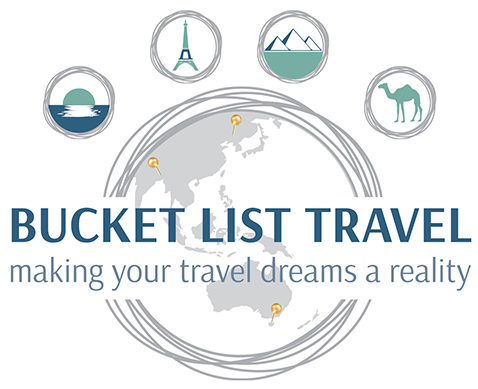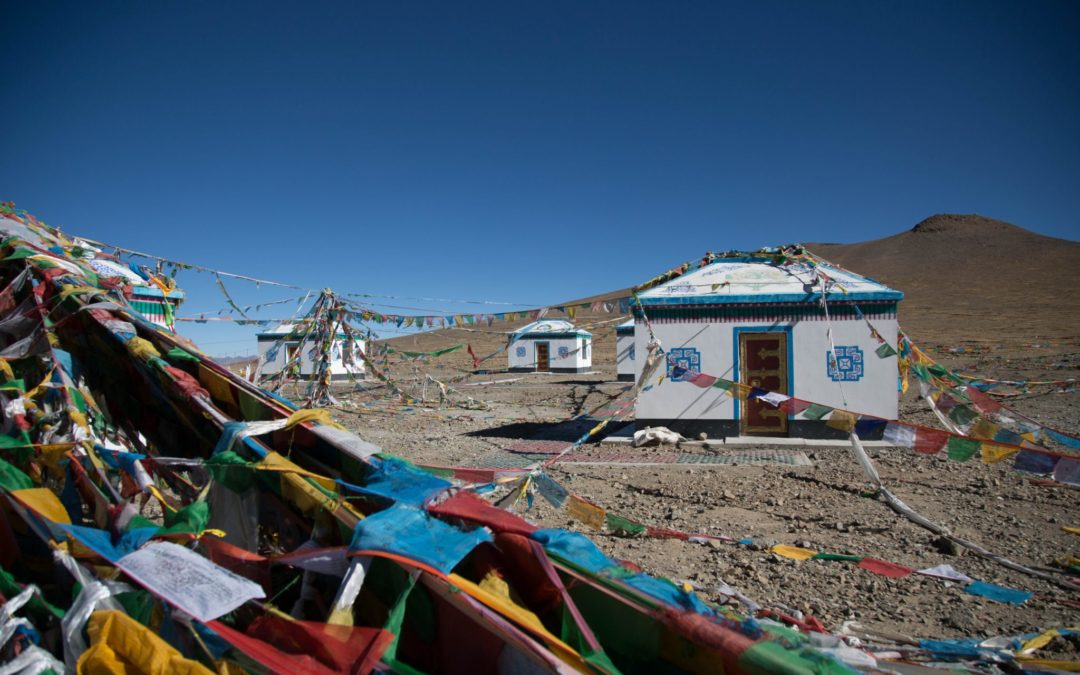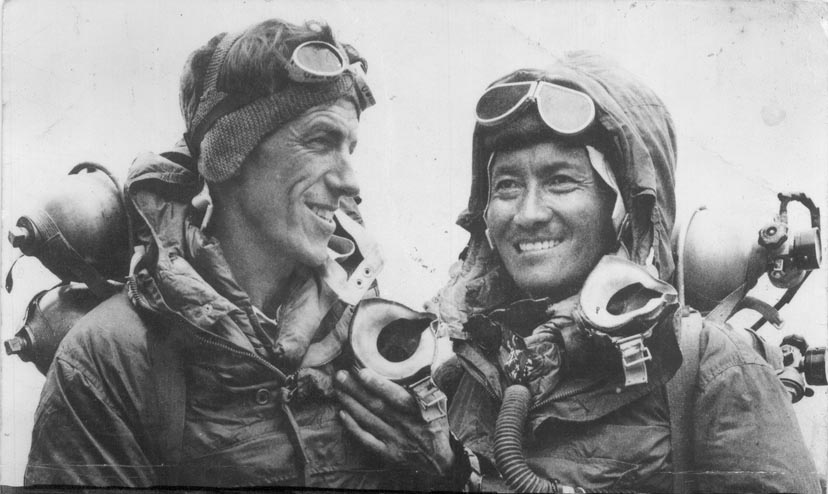 Today, the trek to Everest Base Camp is an achievable goal for people from all walks of life who want a glimpse of the world’s highest peak. In 2016, over 40,000 people trekked in the Everest region.
Today, the trek to Everest Base Camp is an achievable goal for people from all walks of life who want a glimpse of the world’s highest peak. In 2016, over 40,000 people trekked in the Everest region.
Mount Everest has captivated intrepid men and women since the 1920s. First conquered by Nepalese Tenzing Norgay and our very own Sir Edmund Hillary in 1953, Everest has continued to be the ultimate goal for mountaineers – many with their lives in their own attempts to the summit.
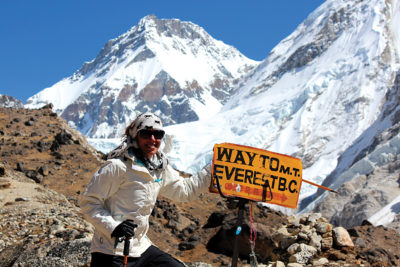 What’s it like trekking to Everest Base Camp?
What’s it like trekking to Everest Base Camp?
Aside from breathtaking scenery, travellers to the region can experience unique Sherpa culture by visiting monasteries and museums along the way. Days are filled with walking for the sheer pleasure of it, past colourful prayer wheels and across swing bridges straight out of an Indiana Jones movie, while evenings are rewarded with hot food and conversation with like-minded people around the dining-room fire. The heady mix of natural beauty, fascinating culture and a personal sense of achievement, as well as warm Nepalese hospitality from the people of the Solukhumbu region, makes the Everest Base Camp trek one of the world’s most unforgettable.
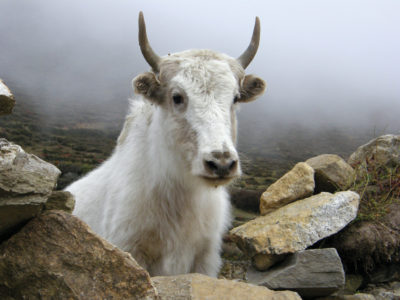 When should I make the trek?
When should I make the trek?
From March to May and from September to December. It gets hot in May, just before the monsoon season; be prepared for possible rain. December reaches below-zero temperatures but the days are still beautiful and there are fewer trekkers (but remember to wrap up warm in the evenings).
Nepal Interest Facts:
- The Nepal flag is the only national flag that is not quadrilateral in shape. It is made of two triangles. The triangles are said to represent Hinduism and Buddhism. They also represent the Himalayan Mountains.
- The abominable snowman, also known as the yeti, is a legendary on creature that is believed to frequent the high valleys of Nepal.
- Namaste is the standard greeting in Nepal. It can mean Hello, Good Bye, Thank You but translates to “I salute the God in you.” People put their palms together and then bow their forehead, and say “Namaste.”
- Nepali time is 45 minutes off of the Coordinated Universal Time. The time in Nepal is based on Mt Everest and not the time zone lines.
- Hinduism and Buddhism are the two main religions.
- Cows are sacred in the Hindu religion and cannot be killed. Once a cow stops providing milk they are often released and the community is responsible for feeding her. Cows roam all over Nepal, even in the busy city of Kathmandu. Many people have water buffalo for milk, manure and meat.
- Since cows are sacred, so is their manure. It is common practice to clean the home with water and cow manure, to clean and bless it at the same time.
- Nepali is the chief or official language. There are many ethnic groups in Nepal and they speak hundreds of different languages. Not accents, but languages. Sometimes Nepali people can’t communicate as they speak different languages.
- Marijuana plants grow in gardens, on the side of the road, in ditches, on mountainsides, pretty much everywhere in Nepal. It’s…well, a weed.
- It is the year 2072 in Nepal. They celebrate the new year on April 13th.
- Nepal has the only living goddess in the world, the Kumari. Kumari means virgin in Nepali and is the tradition of worshipping young pre-pubescent girls as manifestations of the divine female energy in Hindu religious traditions.
- About 90% of marriages in Nepal are arranged and the bride and groom will usually not meet or see each other before the wedding day. Although, ‘love’ marriages (choosing your own partner) are becoming slightly more popular.
- Most of the power in Nepal comes from hydro-power, but it is not very reliable.
Kathmandu is Nepal’s capital which is situated in a valley full of historic sites, ancient temples and shrines, golden pagodas and fascinating villages. Hotels, bars and restaurants cater to all budgets. Shops offer handicrafts, carpets and Nepali paper prints. Bus services, taxis and bicycles open up the city. Trek to see the Monkey Temple, the valley’s oldest and most sacred shrine. Mingle with locals and animals amid Durbar Square’s monuments and temples, or join mountain trekkers in the bustling Thamel District.
To discover more about this amazing trip and to tick off your bucket list, send us an email about trekking in Nepal.
